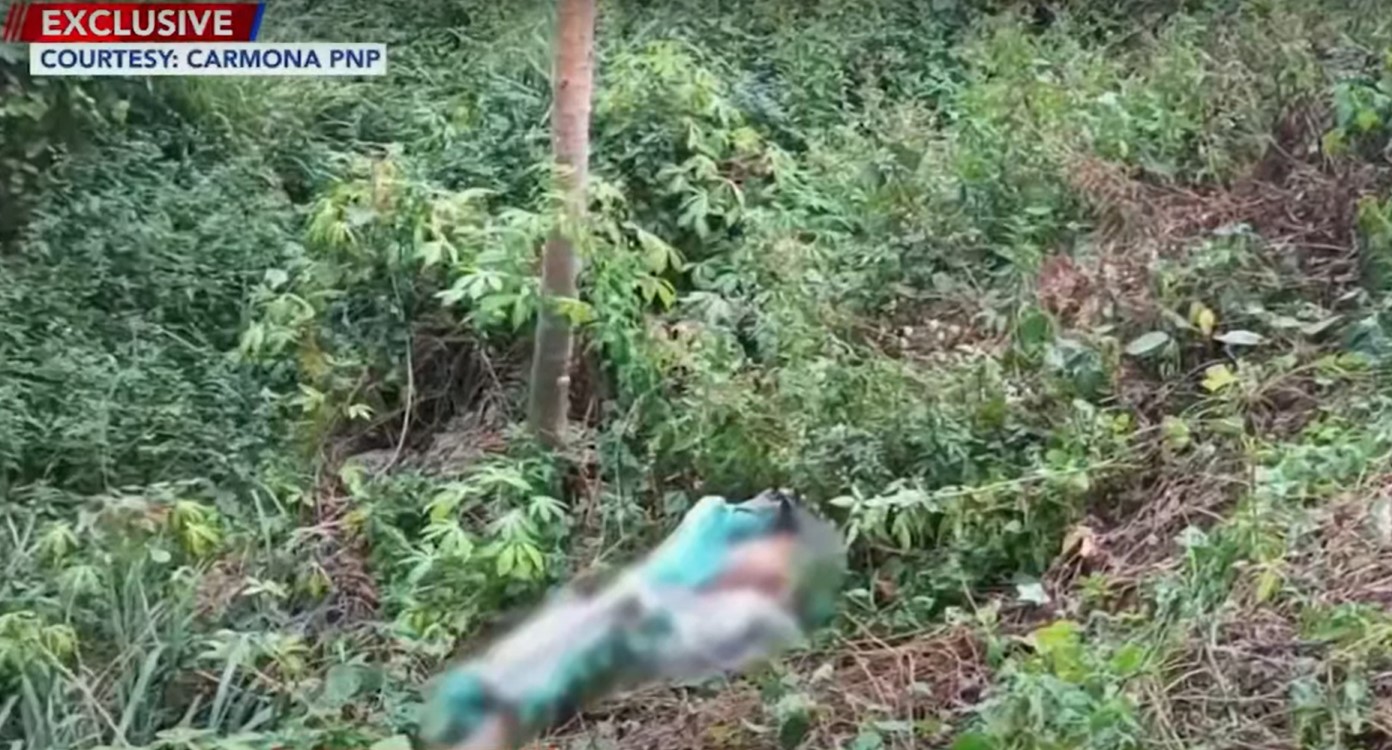Headless corpse”s dragon tattoo a symbol of China syndicate -PAOCC
By JOAHNA LEI CASILAO, GMA Integrated News Published February 23, 2024 1:50pm Updated February 23, 2024 1:49pm The dragon tattoo on the headless and naked corpse found in Carmona, Cavite was a symbol used by a syndicate in China, an official of the Presidential Anti-Organized Crime Commission (PAOCC) said Friday. “‘Yung dragon tattoo po, ang […]


By JOAHNA LEI CASILAO, GMA Integrated News
The dragon tattoo on the headless and naked corpse found in Carmona, Cavite was a symbol used by a syndicate in China, an official of the Presidential Anti-Organized Crime Commission (PAOCC) said Friday.
“‘Yung dragon tattoo po, ang pagkaka describe po sa akin ng mga counterparts natin, mga foreign counterparts ay grupo po talaga ng mga sindikato sa China,” PAOCC Undersecretary Gilbert Cruz told Super Radyo dzBB.
(The dragon tattoo was described by our counterparts, our foreign counterparts, as a group or a syndicate in China.)
“And ang sabi nila is— kasi nung tinignan ko po yung tattoo nung nag punta kami sa area, sabi ko, ‘Hindi gawa dito sa Pilipinas ‘yan,’” Cruz said added.
(What they said is, because I looked at the tattoo when I went to the area, and I said, “This wasn’t made here in the Philippines.”)
The body was found at the side of a diversion road in Barangay Lantic over the weekend.
It had a dragon tattoo on its chest and abrasions and bruises.
“Merong distinct po eh. Pag sinabing tattoo na ginawa sa ibang bansa… ng gang. Medyo magaspang po ang gawa eh. Dito ho sa atin, kung mapapansin niyo medyo makinis,” Cruz said.
(There’s a distinction. If it’s made abroad… by a gang, it feels somewhat rough. Here, you will notice that it’s smoother.)
Cruz said authorities had taken DNA samples from the corpse.
Data from the PAOCC and the Philippine National Police showed that 66 foreign-looking cadavers were found in Central Luzon and the Southern Tagalog Regions from January to November last year. — DVM, GMA Integrated News














